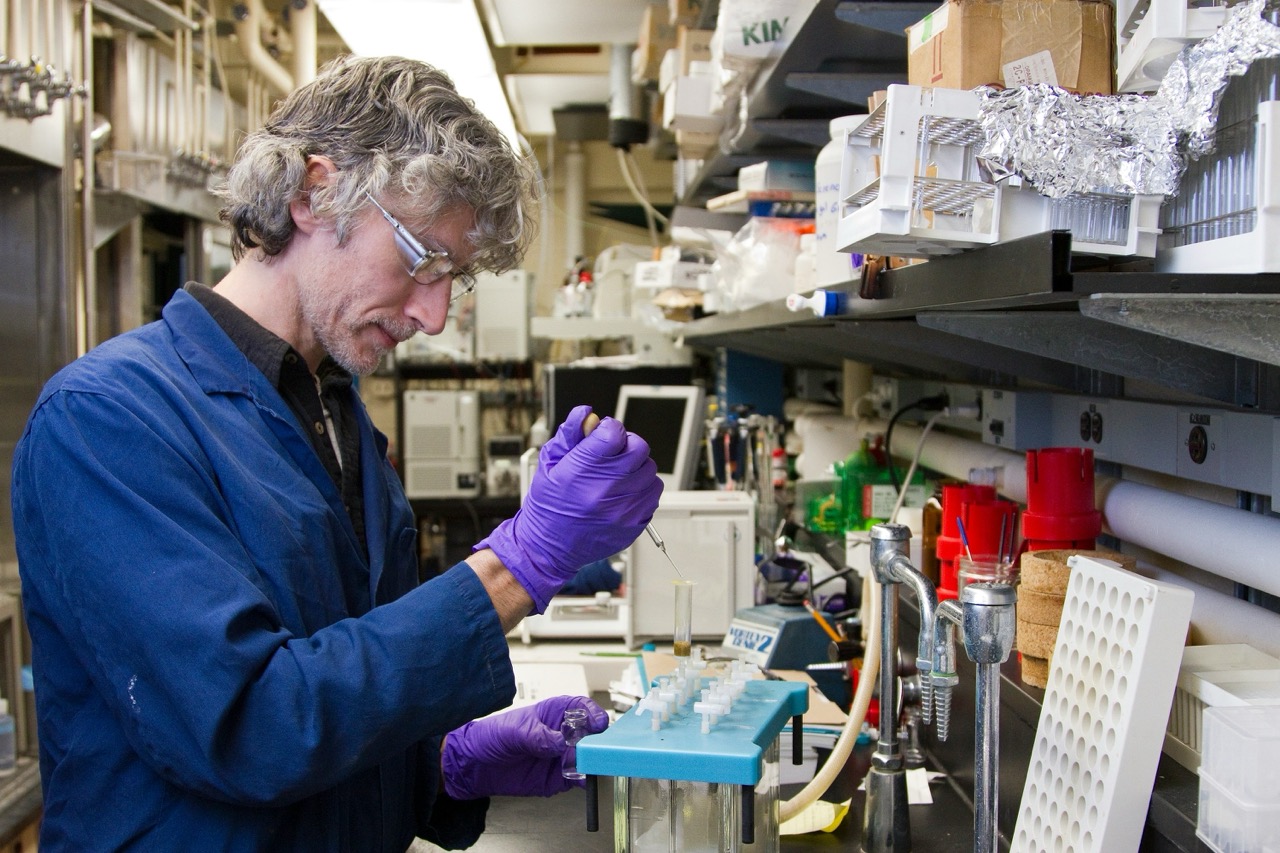Sexually transmitted diseases (STDs) are a significant public health concern that can have long-lasting effects on individuals and communities. While the primary transmission routes for these infections are well-documented, questions often arise regarding less direct modes of transmission, such as sharing towels or using communal toilets. This article examines the potential risks associated with these practices, providing a thorough understanding of how STDs spread and the guidelines necessary to minimize those risks.
In exploring the connection between shared items and STD transmission, it is crucial to define what an STD is and how these infections typically propagate. STDs are infections commonly spread through sexual contact, involving bacteria, viruses, or parasites. Common examples include chlamydia, gonorrhea, syphilis, human immunodeficiency virus (HIV), and herpes simplex virus (HSV). Understanding the pathways of these infections helps frame the discussion about whether sharing personal items like towels or using public toilets can facilitate their transmission.
Understanding STDs: Definitions and Transmission Pathways
STDs are defined as infections that are primarily transmitted through sexual activity, including vaginal, anal, and oral sex. They can also be spread via blood and, in some cases, from mother to child during childbirth or breastfeeding. The pathogens responsible for STDs include bacteria (e.g., Neisseria gonorrhoeae), viruses (e.g., HSV, HPV), and parasites (e.g., Trichomonas vaginalis). Understanding these basic definitions is essential when considering the modes through which STDs are transmitted.
Transmission pathways can be classified into several categories: direct contact, indirect contact, and vector-borne transmission. Direct contact occurs when infectious fluids from an infected person come into contact with mucous membranes of a susceptible person. Indirect contact, on the other hand, involves the transfer of pathogens via surfaces or objects. Vector-borne transmission typically involves insects or animals acting as intermediaries. This framework sets the stage for evaluating the role of shared items in the spread of STDs.
Overview of Common STDs and Their Modes of Transmission
Chlamydia, gonorrhea, syphilis, HIV, and HSV are among the most prevalent STDs, each with unique transmission dynamics. Chlamydia and gonorrhea are primarily spread through sexual intercourse and can infect the urethra, cervix, and rectum. Syphilis, on the other hand, can be transmitted through direct contact with syphilitic sores, making skin-to-skin contact crucial for its spread. HIV, a virus that leads to acquired immunodeficiency syndrome (AIDS), is primarily transmitted through unprotected sexual activity, sharing needles, or from mother to child.
Herpes simplex virus (HSV) presents a unique case, as it can be transmitted through skin-to-skin contact, even in the absence of visible sores. The varying modes of transmission highlight the importance of understanding context when assessing potential risk factors. While some STDs require direct sexual contact for transmission, others may be transmitted through less conventional means, emphasizing the need for vigilance in personal hygiene.
The Role of Skin-to-Skin Contact in STD Spread
Skin-to-skin contact plays a critical role in the transmission of certain STDs, particularly those caused by viruses like HSV and human papillomavirus (HPV). Infections like HSV can be transmitted through intimate contact even when the infected person is asymptomatic. This direct contact with infected skin or mucous membranes poses a significant risk, particularly in sexual encounters, where the likelihood of transmission increases.
The role of skin-to-skin contact extends beyond sexual intercourse; it may include touching infected areas or sores. This highlights the necessity for individuals to maintain awareness of their own health status and that of their partners. Preventive measures such as practicing safe sex and routine testing can substantially mitigate risks associated with such intimate interactions.
Can Bacteria or Viruses Survive on Towels and Toilets?
The survival of bacteria and viruses on inanimate surfaces, such as towels and toilets, has been a subject of considerable research. While many pathogens can survive outside of a host, their viability diminishes over time due to environmental conditions. Research indicates that bacteria can persist on fabrics like towels, but the length of time varies significantly depending on the type of bacteria. For example, pathogenic strains of Staphylococcus aureus can survive on fabrics for days.
Viruses, in contrast, generally have a shorter lifespan on surfaces. For instance, the human immunodeficiency virus (HIV) does not survive long outside the human body and is unlikely to be transmitted through shared towels or surfaces. However, other viruses like norovirus, which causes gastrointestinal infections, can remain viable on surfaces for extended periods. Understanding the survival rates of these pathogens helps assess the potential risks associated with sharing personal items.
Assessing the Risks of Sharing Towels in Public Spaces
Sharing towels in public spaces, such as gyms or pools, raises concerns about the potential transmission of infections. Although the likelihood of contracting STDs directly from shared towels is low, there are still risks associated with bacterial and viral infections. Towels can harbor pathogens that cause skin infections, colds, or gastrointestinal diseases, making personal hygiene a critical factor.
Moreover, when individuals use shared towels, especially if they have open cuts or abrasions, the risk of transmission increases. In such scenarios, the towels serve as a medium for bacteria or viruses to enter the body. Therefore, to mitigate these risks, it is prudent to use personal towels and maintain proper hygiene practices, particularly in communal settings.
Toilet Usage: Are STDs Transmittable Through Surfaces?
The question of whether STDs can be transmitted through communal toilet usage is a common concern. The consensus among health professionals is that the risk of contracting STDs from toilet seats or surfaces is extremely low. Most pathogens responsible for STDs require direct mucosal contact for transmission, which is not typically achieved through toilet use.
However, it is important to recognize that toilets can harbor a variety of other pathogens. For example, bacteria from fecal matter can lead to gastrointestinal infections, and in some cases, skin infections may occur if individuals have open wounds. While STDs are not typically transmitted via toilet surfaces, maintaining cleanliness and proper hygiene in public restrooms can minimize the risk of other infections.
The Impact of Moisture on Pathogen Viability on Fabrics
Moisture is a critical factor that affects the viability of pathogens on fabrics such as towels. Many bacteria and viruses thrive in moist environments, making wet towels a potential risk factor for infections. The presence of moisture can prolong the survival of pathogens, allowing them to remain infectious for a longer duration. This underscores the importance of ensuring that towels are adequately dried after use.
In contrast, excessive drying or exposure to sunlight can significantly decrease the viability of pathogens on fabrics. Therefore, while sharing damp towels may present some risk for bacterial or viral infections, well-maintained, dry linens are less likely to pose significant health threats. This emphasizes the need for proper laundering and drying practices in communal settings to reduce pathogen survival.
Personal Hygiene Practices to Minimize STD Risks
Implementing effective personal hygiene practices is essential for minimizing the risks of STD transmission. Regular handwashing, particularly before and after using shared facilities, is crucial in preventing the spread of pathogens. Individuals should also avoid sharing personal items, including towels and razors, as these can serve as vectors for infections.
In addition to hygiene practices, individuals should engage in safe sexual practices, including the use of condoms and regular testing for STDs. Being proactive about sexual health and maintaining open communication with partners can significantly reduce the risk of transmission and promote overall well-being.
Case Studies: Infections Linked to Shared Items
While the likelihood of contracting STDs from sharing towels or toilets is low, there have been isolated cases linked to shared items. For example, certain skin infections, such as those caused by Staphylococcus aureus, have been reported in communal settings where towels are shared. These cases highlight the importance of maintaining rigorous hygiene practices in public spaces.
Moreover, while STDs like herpes or HPV are primarily transmitted through sexual contact, there have been anecdotal reports of transmission through skin-to-skin contact in non-sexual contexts. These cases underscore the need for awareness and caution when sharing personal items, even if they do not involve direct sexual activity.
Expert Opinions: Towels, Toilets, and STD Transmission
Experts in infectious disease and public health generally agree that the risk of STD transmission through towels and toilets is minimal compared to direct sexual contact. Dr. John Smith, an epidemiologist, states, "STDs are transmitted mostly through direct mucosal contact; towels and toilets do not provide the appropriate environment for these pathogens to thrive and infect new hosts." He emphasizes that focusing on sexual health and hygiene practices is far more critical than worrying about shared items in most contexts.
However, health professionals also caution against complacency. While the risk is low, maintaining proper hygiene and using personal items can greatly reduce the likelihood of not only STDs but other infections as well. Regular consultations with healthcare providers about personal risks and preventive measures are advised to ensure overall health.
Recommended Guidelines for Safe Hygiene Practices
To promote safe hygiene practices, individuals should adhere to several guidelines. First and foremost, it is advisable to use personal towels, especially in public areas like gyms or pools, to minimize contact with potential pathogens. Regularly laundering towels at high temperatures and ensuring they are thoroughly dried can also help reduce risk.
In addition, individuals should practice safe sex by using barrier methods, such as condoms, and getting tested regularly for STDs. Maintaining open communication with sexual partners about health status and history is also essential. By implementing these strategies, individuals can significantly reduce their risk of STD transmission and promote better health outcomes.
In conclusion, while the fear of contracting STDs from sharing towels or using toilets is understandable, the actual risk is considerably low. Most STDs require direct sexual contact for transmission, and the survival of pathogens on inanimate surfaces tends to be limited. Nonetheless, it is crucial to practice good personal hygiene, use individual items when possible, and engage in safe sexual practices to minimize the risk of infections. Awareness and education about transmission routes can empower individuals to make informed decisions regarding their health and well-being.










